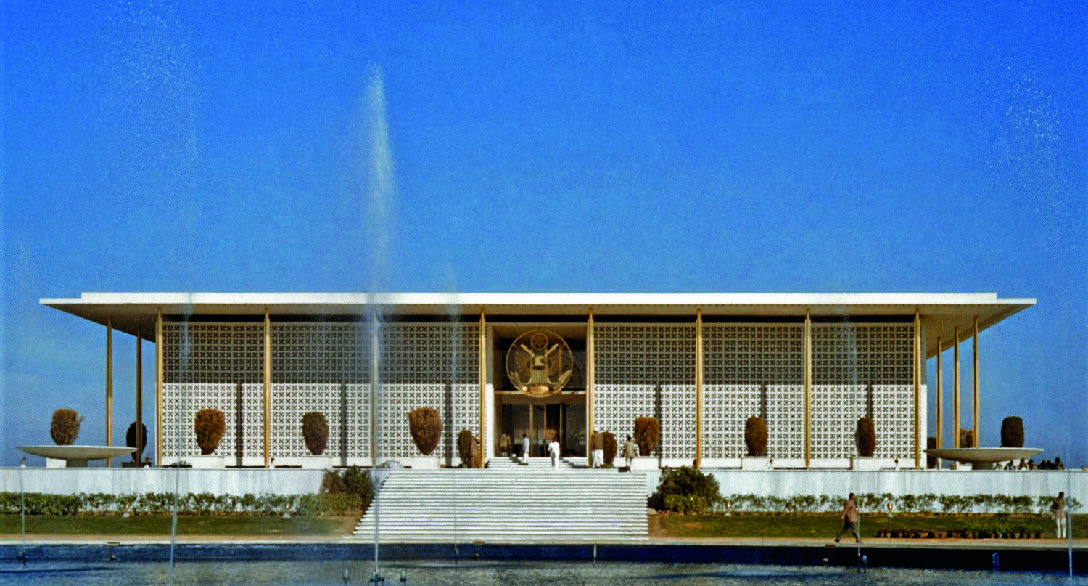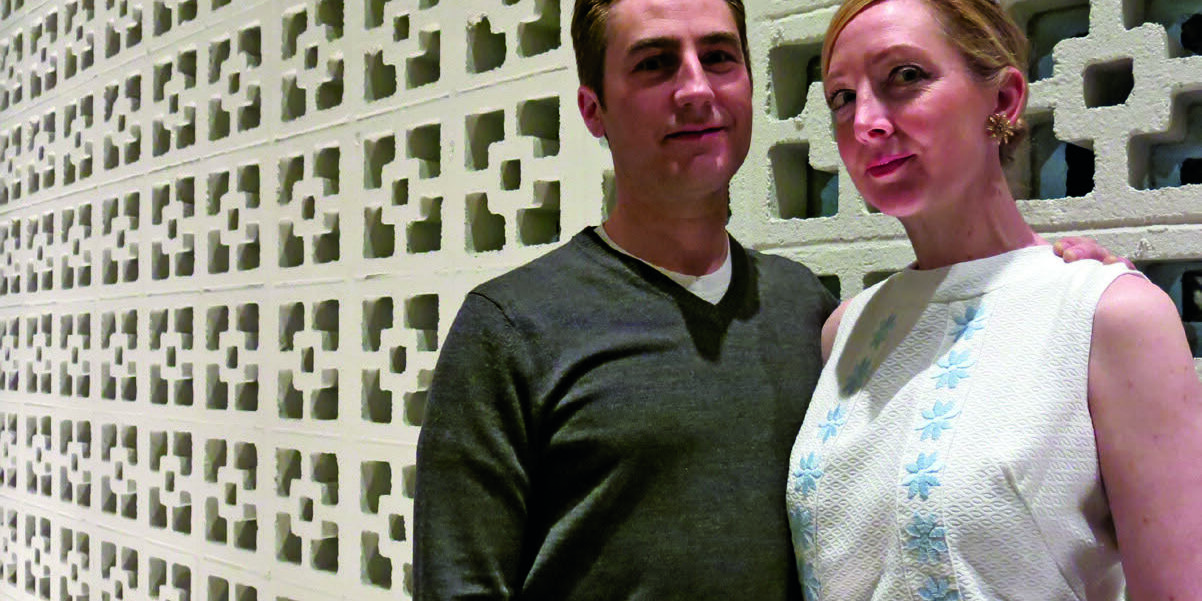Mid-Century Modern Blockheads
An Ode to the Humble Concrete Block
By Heather M. David

Mid-Century Modern Blockheads
An Ode to the Humble Concrete Block
By Heather M. David

I am a blockhead. A mid-century modern (MCM) blockhead. I have been one for as long as I can remember. I started documenting concrete screen block patterns around 2007. It seemed like a fine enough hobby. The motivation was there. The financial barrier to entry was non-existent. I figured that it was just another one of my quirky interests.
Unbeknownst to me, there were MCM blockheads all over the world. My photos were invited to Flickr groups like “Concrete Block Walls” and “Perforated Screen Walls.” A Master’s degree student reached out to me from Australia. She was doing her dissertation on “breeze block,” the Australian terminology for concrete screen block. Maybe this obsession wasn’t so eccentric, after all.
Around the time that I started photographing block patterns in Northern California (and beyond), a real estate agent in Las Vegas, Jack LeVine, was doing the same public service for Nevada. And the Palm Springs, California-based husband and wife duo of Ron and Barbara Marshall was embarking on a 10-year journey that would result in what is perhaps the most comprehensive study of the MCM screen block to date. In 2018, the Marshalls presented their work in the book Concrete Screen Block: The Power of Pattern—a “must-have” for all MCM blockheads.
All photos by author Heather M. David or from the author’s collection unless noted.

Top: Concrete Screen Block book. Below: U.S. Embassy in New Delhi. [Wikipedia Commons.]

The history of the mass-produced concrete screen block can be traced to the American architect Edward Durell Stone and his liberal use of the material in the U.S. Embassy in New Delhi (1958). It could be argued that this widely celebrated building started a design trend in architecture. The patterned block, stacked to form a screen, turned out to be both decorative and functional. Sadly, I’ve yet to make it to India to experience the U.S. Embassy in person. Fortunately, however, Stone’s use of concrete screens was not limited to his work in India. I began my research with a self-guided tour of the Stone-designed Stanford Medical Center (1959) in California.
There’s more! To read the rest of this article, members are invited to log in. Not a member? We invite you to join. This article originally appeared in the SCA Journal, Spring 2022, Vol. 40, No. 1. The SCA Journal is a semi-annual publication and a member benefit of the Society for Commercial Archeology.
More Articles Join the SCA


